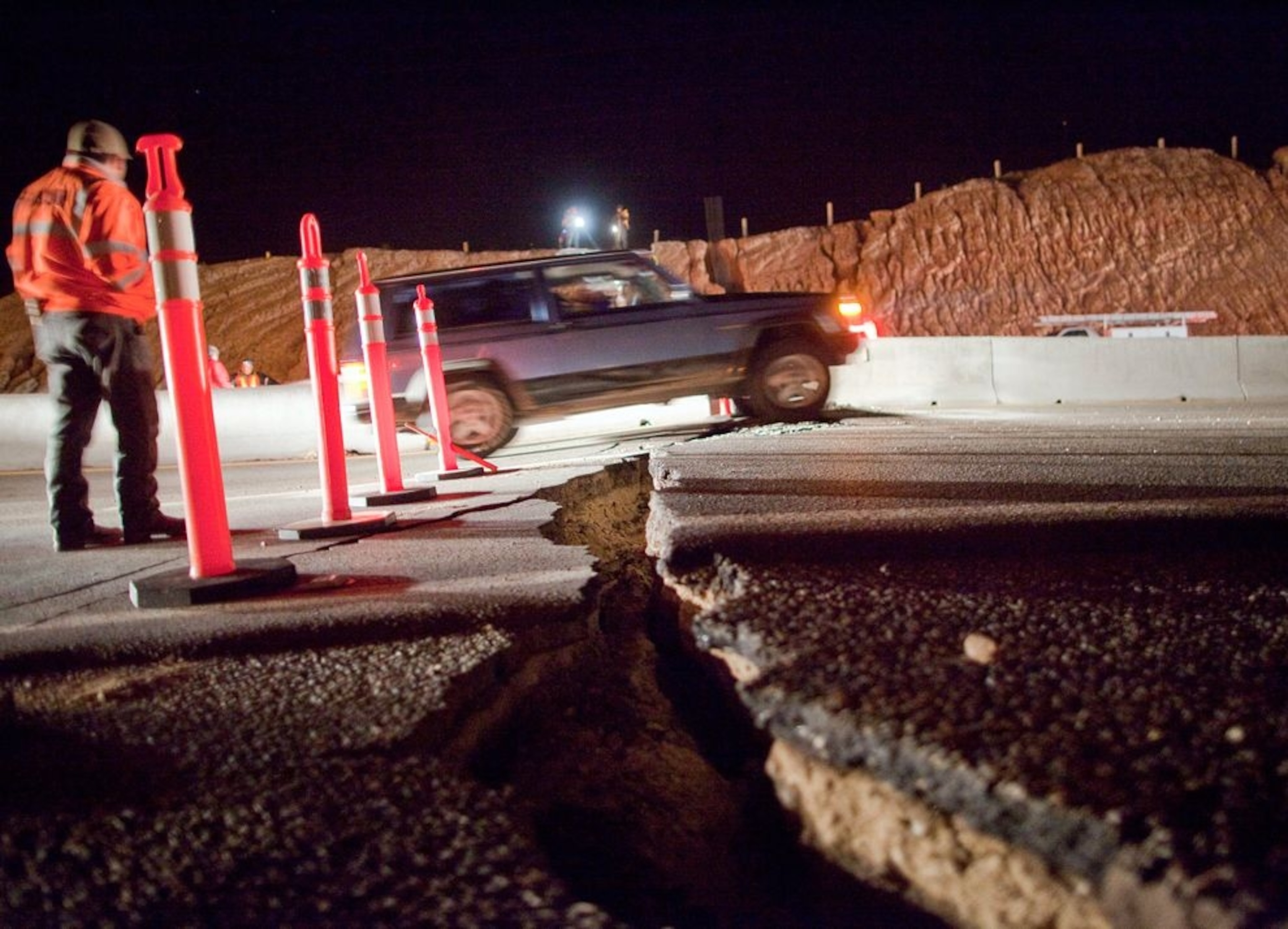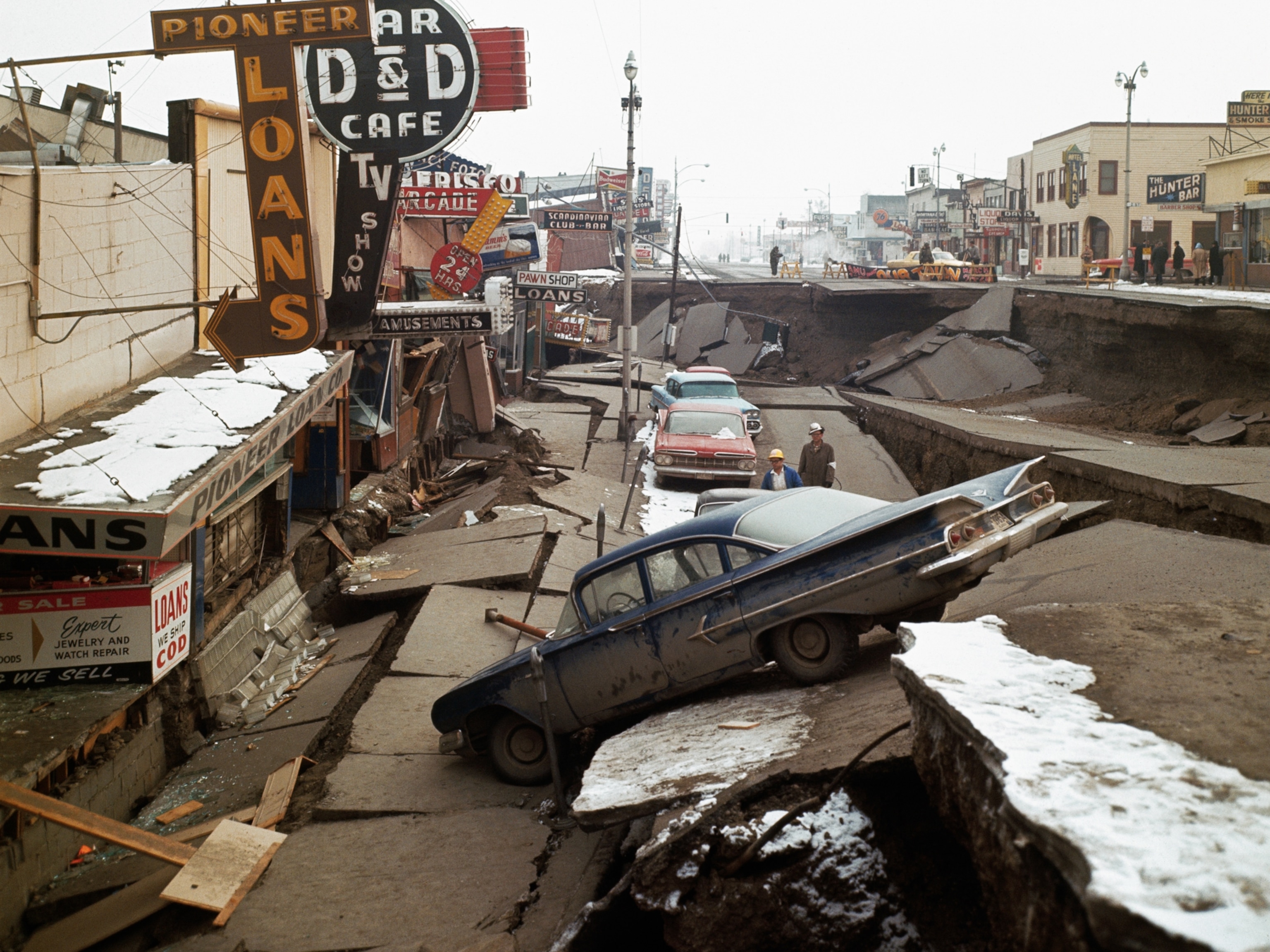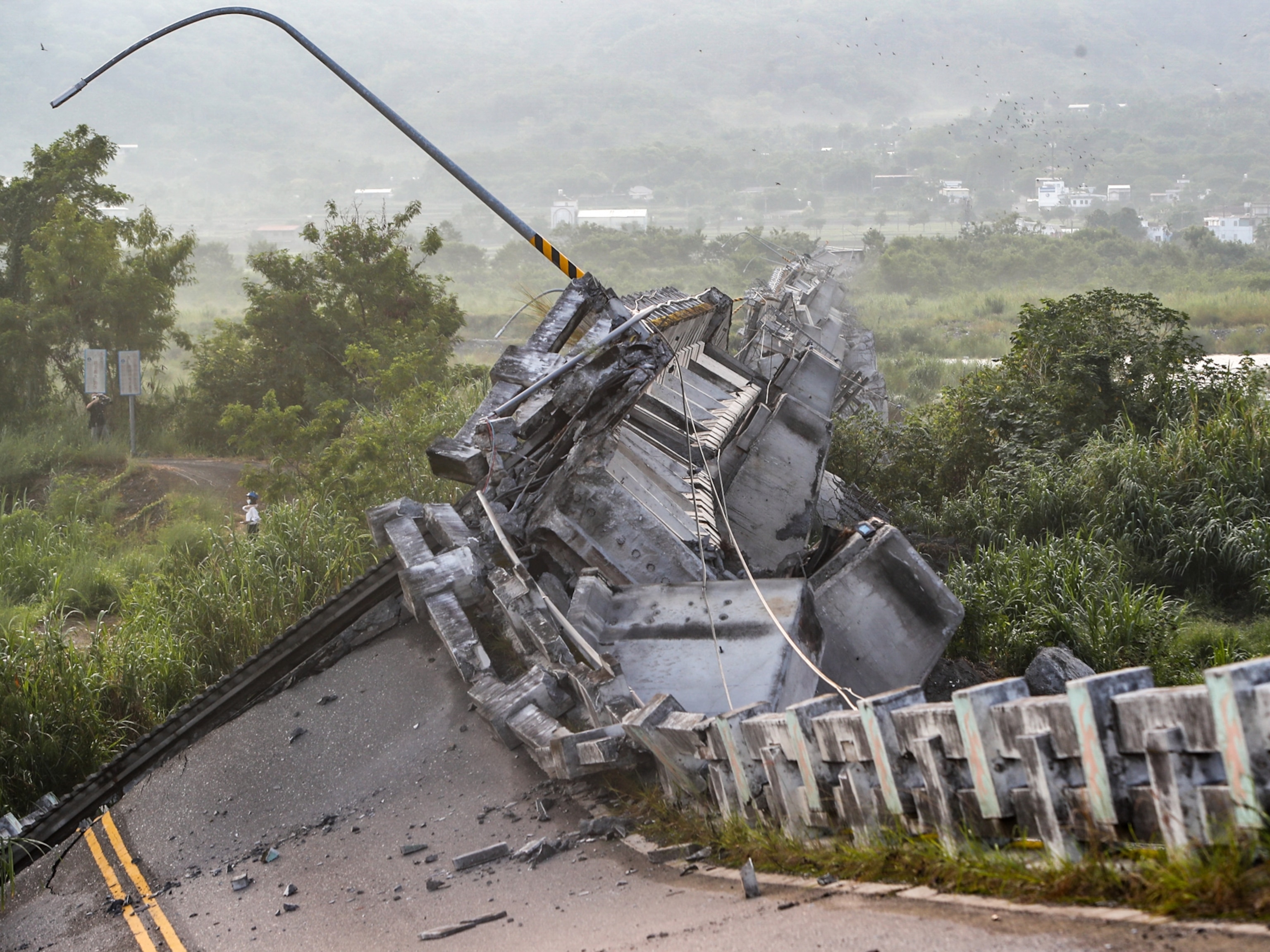
Mexico Earthquake Zone Linked to California Faults
Magnitude 7.2 temblor caused by same tectonic shifts that created Baja Peninsula.
The magnitude 7.2 earthquake that jolted northern Mexico and Southern California yesterday afternoon was the first big earthquake to occur on this particular fault system since 1892, scientists say.
Centered on Mexico's Laguna Salada Fault in Baja California, the earthquake was triggered by the same processes that drive temblors on the San Andreas Fault, which runs all the way from Southern California to north of San Francisco. (See a California map.)
"On the scale of the Earth, it's all one fault zone: the plate boundary between the Pacific plate and the North American plate," said Mark Benthien, communications director for the Southern California Earthquake Center in Los Angeles. (Find out more about plate tectonics.)
As the Pacific plate grinds northward against the western edge of the North American plate, most of the motion occurs along the San Andreas Fault. But the plate boundary doesn't create a single, tidy fault line. (Related: "Deadly San Andreas Fault Longer Than Thought.")
"Southern California [and northern Mexico are] a whole series of blocks sliding past each other," Benthien said.
The same motion also caused the Baja Peninsula to start rifting away from mainland Mexico about five million years ago, subsequently opening up the entire Gulf of California. (See a Mexico map.)
(Related: "Chile Earthquake Altered Earth Axis, Shortened Day.")
"This is one of the classic places to study the early stages of the opening of ocean basins," said Seth Stein, a geophysicist at Northwestern University in Evanston, Illinois.
Mexico Earthquake's Aftershocks Raise "Some Concern"
The Baja California earthquake killed at least one person but did relatively little damage, because the epicenter was in a lightly populated area 38 miles (60 kilometers) south-southeast of Mexicali, Mexico.
(See pictures of the devastation wrought by the magnitude 7.0 earthquake that struck Haiti in January.)
Aftershocks, however, are propagating into the U.S. along the Elsinore and San Jacinto Faults, the California earthquake center's Benthien said.
These weaker aftershocks don't necessarily mean that a big temblor is brewing along those fault systems, Benthien said, but they do raise "some concern."
(Related: "Southern California Long Overdue for Quake, Experts Say.")
Small earthquakes can sometimes precede larger temblors, because the little ones can cause a fault to slip until it reaches a point where a major slip releases a "Big One."
In fact, a magnitude 4.4 temblor had rocked the same region in Baja California about a day before yesterday's earthquake, and there had been other rumblings in the region "in the threes and fours all week," Benthien said.
In addition, a separate magnitude 4.4 temblor had jolted the Los Angeles Basin on March 16, centered near the northern end of the Elsinore Fault system. But that earthquake was probably unrelated to yesterday's temblor, Benthien said.
"A 4.4 is a pretty run-of-the-mill earthquake that we can have at any time in Southern California," he added.





